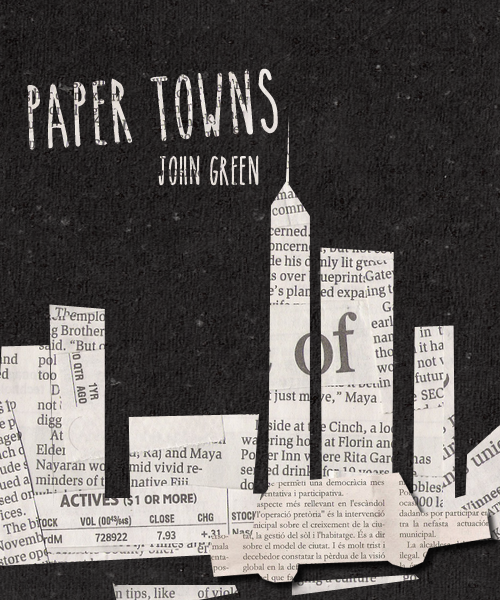

His PhD thesis on the history of Sudras in Ancient India was published as a book by Motilal Banarsidass in 1958, with a revised edition in 1990. He did his PhD from the School of Oriental and African Studies, University of London under Professor A. He passed matriculation in 1937 and joined Patna College, where he studied for six years from intermediate to postgraduate classes.

Sharma was foremost among the Indian intellectuals who wanted historians to realise that the discipline of history was not just about what happened in the past but what its lessons were for imaginatively and intelligently responding to the challenges of the present. Sachchidananda Sinha, a social reformer and journalist, broadened his mental horizon and firmly rooted him in the reality of rural India and thus strengthened his ties with the left movement and brought him into the front rank of anti-imperialist and anti-communal intellectuals of the country. In his youth he came in contact with peasant leaders like Karyanand Sharma and Sahajanand Saraswati and scholars like Rahul Sankrityayan and perhaps from them he imbibed the determination to fight for social justice and an abiding concern for the downtrodden which drew him to left ideology. After that he kept on getting scholarships and even did private tuitions to support his education. With great difficulty his father sponsored his education till matriculation. Sharma was born in Barauni, Begusarai, Bihar.

His pioneering effort resolved the border dispute forever as recorded by Sachchinand Sinha in a letter to Rajendra Prasad. At the instance of Sachchidananda Sinha, when Professor Sharma was in Patna College, he worked as a special officer on deputation to the Political Department in 1948, where prepared a report on the Bihar-Bengal Boundary Dispute. He influenced major decisions relating to historical research in India in his roles as head of the departments of History at Patna and Delhi University, as Chairman of the Indian Council of Historical Research, as an important member of the National Commission of the History of Sciences in India and UNESCO Commission on the history of Central Asian Civilizations and of the University Grants Commission and, above all, as a practising historian. ĭuring his lifetime, he authored 115 books published in fifteen languages. He was the founding Chairman of the Indian Council of Historical Research (ICHR) and a historian of international repute. The creation of most of the positions in the department were the results of his efforts. It was during his tenure as the dean of Delhi University's History Department that major expansion of the department took place in the 1970s. He was a University Grants Commission National Fellow (1958–81) and the president of Indian History Congress in 1975. He also was a senior fellow at the School of Oriental and African Studies, University of London. He taught at Patna University and Delhi University (1973–85) and was visiting faculty at University of Toronto (1965–1966). Ram Sharan Sharma (26 November 1919 – 20 August 2011 ) was an eminent historian and academic who specialized in the history of Ancient and early Medieval India following Marxist historiography. University of Patna, School of Oriental and African Studies Modern smartphones allow users to use photos from the web or photographs captured with a phone's camera can be set as a wallpaper.Vishwanath Kashinath Rajwade Award, H.
Paper towns wallpapers windows#
Wallpapers can typically be downloaded at no cost from various websites for modern phones (such as those running Android, iOS, or Windows Phone operating systems). The height is often greater than or equal to the width. Though most devices come with a default picture, users can usually change it to custom files of their choosing.Ī mobile wallpaper is a computer wallpaper sized to fit a mobile device such as a mobile phone, personal digital assistant or digital audio player.

On a computer it is usually for the desktop, while on a mobile phone it is usually the background for the 'home' or 'idle' screen. A wallpaper or background (also known as a desktop wallpaper, desktop background, desktop picture or desktop image on computers) is a digital image (photo, drawing etc.) used as a decorative background of a graphical user interface on the screen of a computer, mobile communications device or other electronic device.


 0 kommentar(er)
0 kommentar(er)
